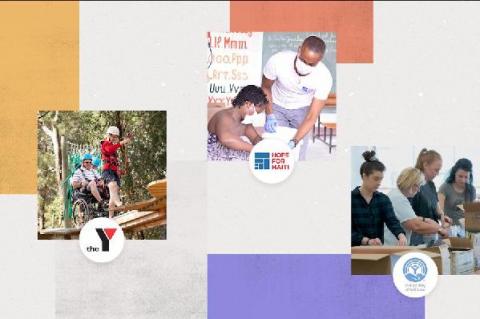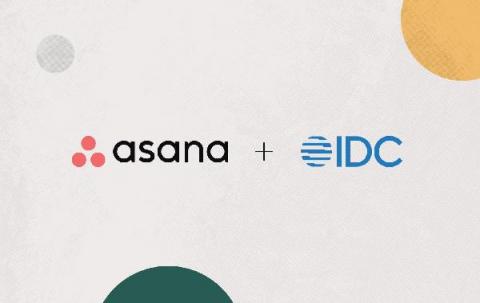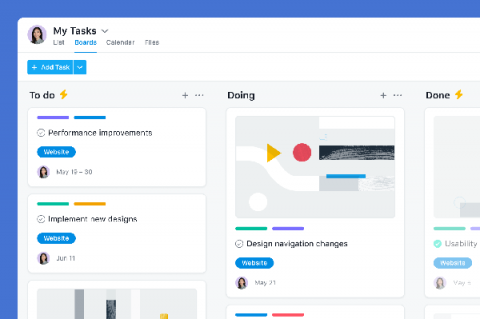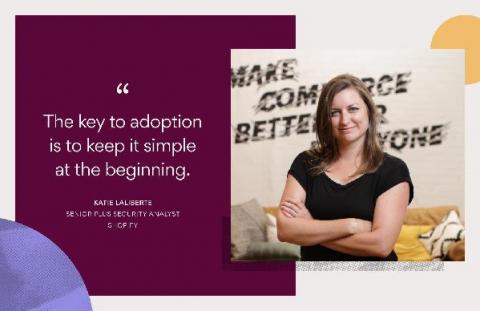Asana for Nonprofits expands to organizations of all budget sizes
At Asana, we believe that humanity thrives when we can work together effortlessly. Easy collaboration helps teams do great things, including nonprofit organizations with big missions to improve our world. That’s why we launched our Asana for Nonprofits program, which offers eligible nonprofits a 50% discount on Asana Premium or Asana Business. Asana for Nonprofits aims to boost the impact of nonprofits and help them improve efficiency, connectivity, and visibility.











